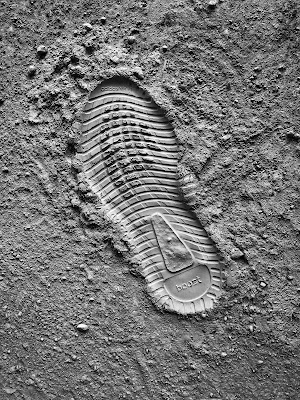This week's lesson is on the Book of Joshua, and in my previous post, I outlined the content in the key scriptures that are selected for this lesson by the Come Follow Me Primary manual. In this post, I'll summarise the ideas I've had about linking the scriptural content to science ideas.
- In Joshua 1 it says "Every place that the sole of your foot shall tread upon, that have I given unto you, as I said unto Moses." This evoked an image of the moon landing and the iconic photo of the astronaut's footprint on the moon's surface. Maybe there's some way to link the two, since they're both bold steps into a new world, which took great acts of human endurance to reach.
Photo by George Evans on Unsplash
- In Joshua 3 it says "And the Lord said unto Joshua, This day will I begin to magnify thee in the sight of all Israel, that they may know that, as I was with Moses, so I will be with thee." This could link to a topic on optical magnification, where we could do a science practical with real lenses to see how the world looks through them. Magnifying glasses can flip the image if you position them correctly, and this could link to the biblical theme here, where Joshua's world was the right way up when he stormed Jericho, and was turned upside down when he tried to take Ai. You don't even need any special equipment to do this, just a cup of water would be enough.
- We could also look at the Jordan River crossing in Joshua 3, which seems like it could have some sort of scientific basis behind the blocking of the water, perhaps through seizmic activity in the area. We could also do something more creative. A few years ago I taught this lesson and we came up with the idea of creating a small re-enactment using PlayDoh and making a movie out of it, all within the time for the lesson (45 mins back then, but the ~20 mins we have now could make it a stretch).
- According to the Joshua Wikipedia article, the Joshua tree is named after Joshua himself "because its branches reminded them of Joshua stretching his arms upward in supplication, guiding the travelers westward".

Comments
Post a Comment